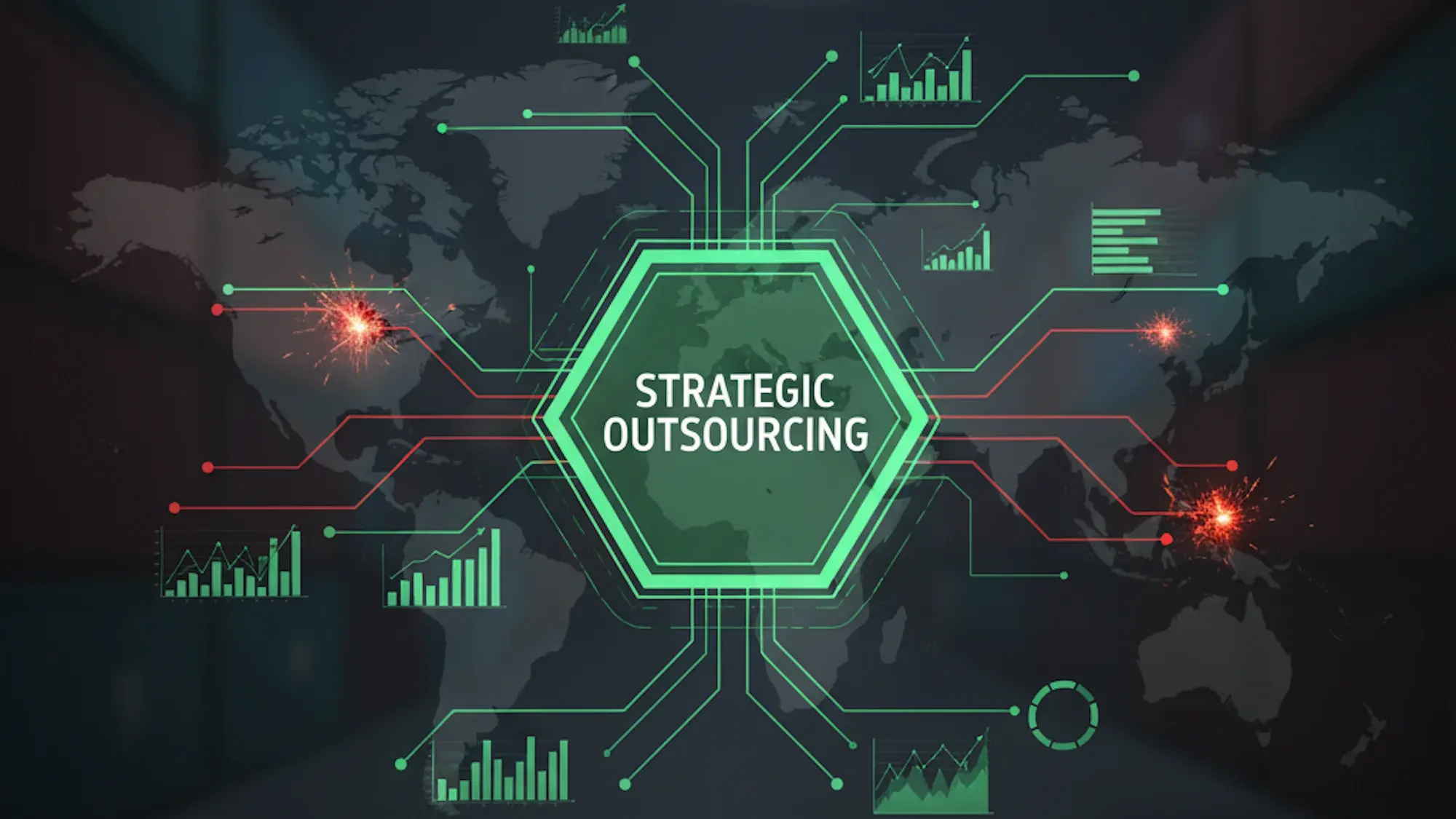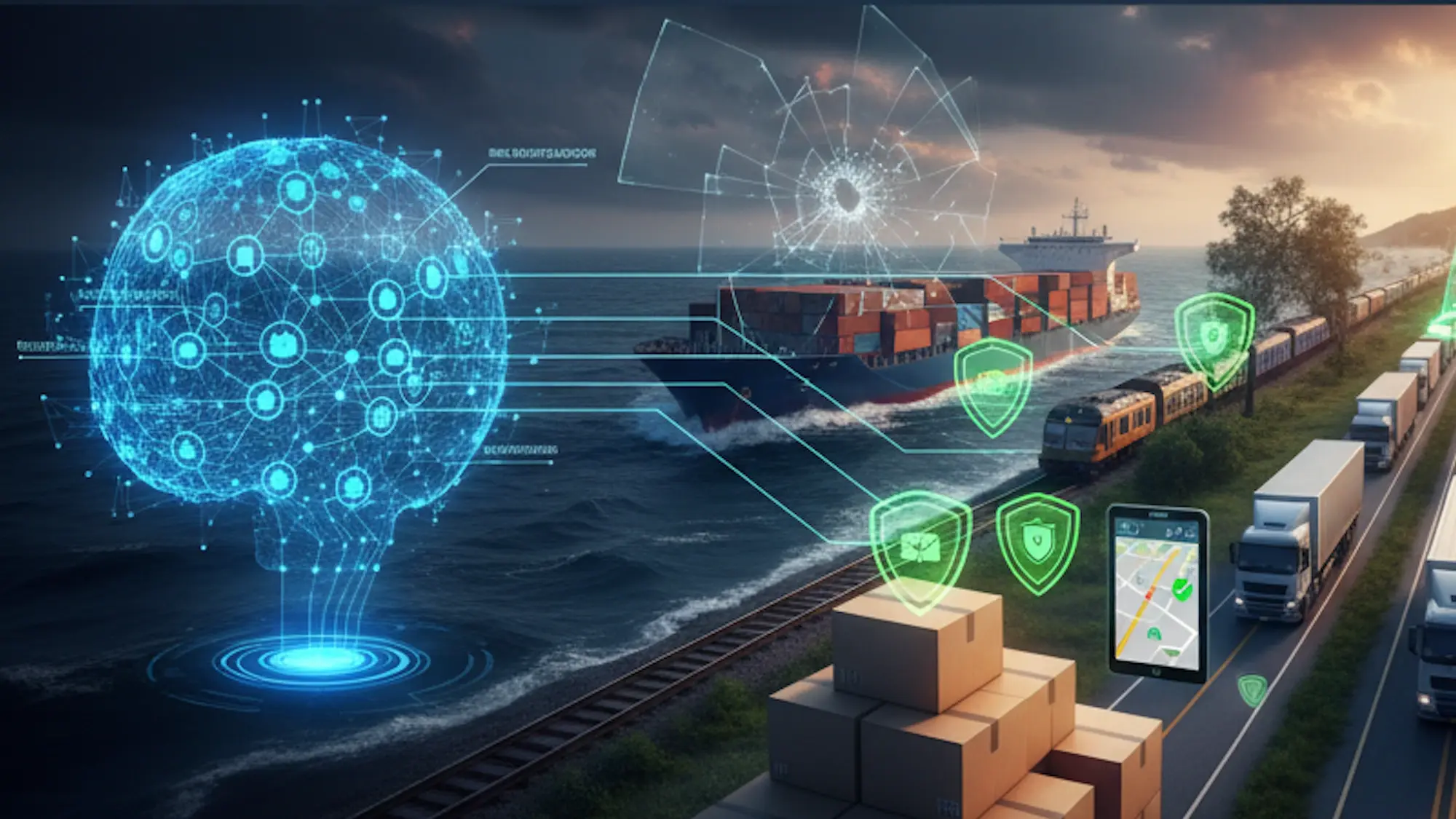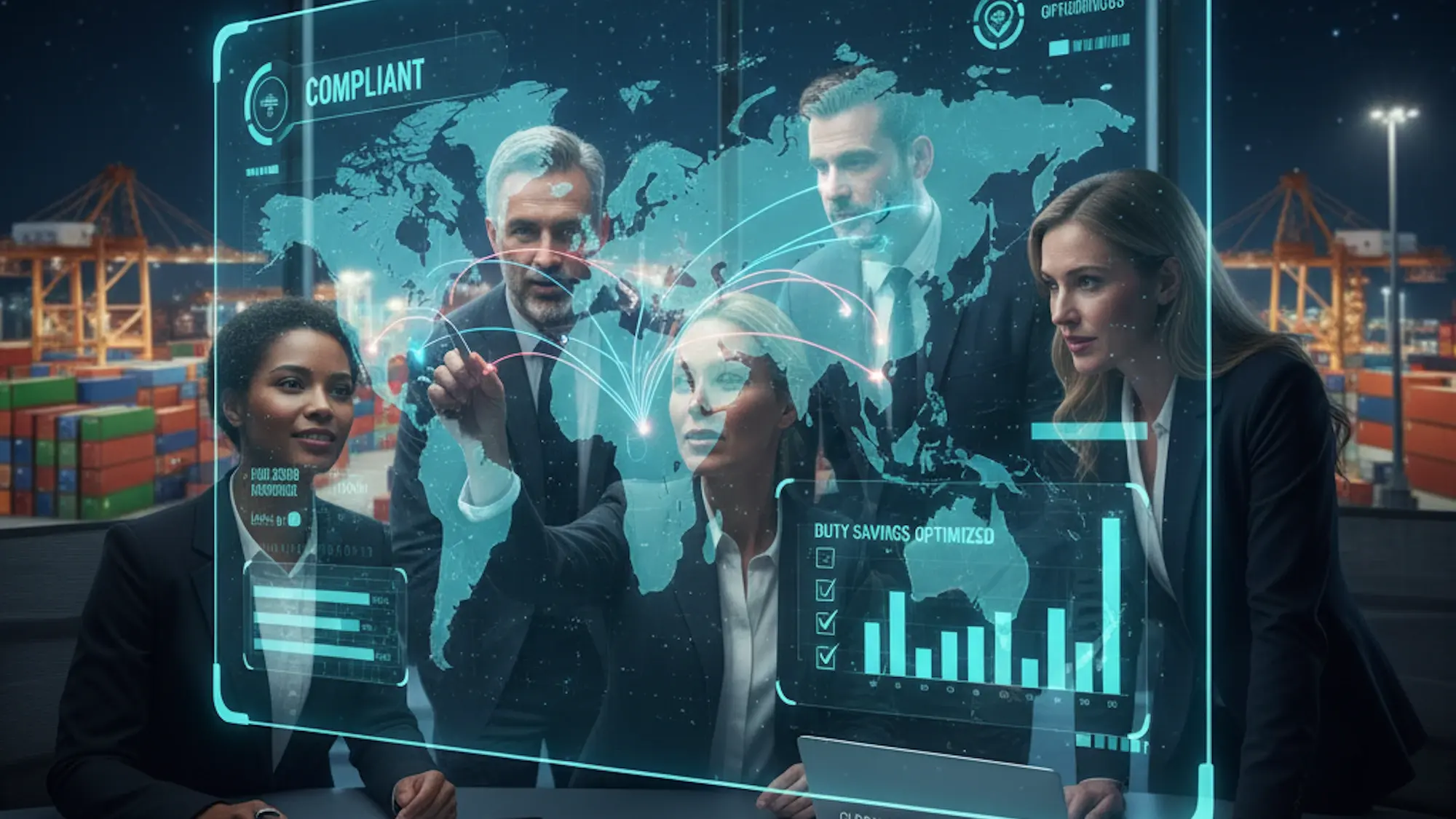
For a long time, many people saw compliance as something extra—a cost and a worry for later. That does not work anymore. Today, strong risk management is needed to protect your business in a world with tough competition and changing rules. You cannot guess or hope that everything goes well. To keep your business steady, you need to turn risk into stability. Strategic outsourcing helps make that possible.
I. What is Your Biggest Business Risk?
Let's ask the hard question: Are you ready for a supply chain disaster or a major fine?
Every business leader faces risk. It's not about if a problem will happen; it's about when. The smart strategy is deciding how to handle that risk—do you take it on yourself, or do you pass it to an expert?
Let's look at the money, because the math is straightforward. You might pay about $5.47 million to be fully compliant and follow all the rules. That sounds like a lot, right? But now look at the alternative. The average cost of non-compliance—the fees, the lawsuits, and the cleanup from breaking the rules—jumps to a shocking $14.82 million.
That difference is huge. It's almost three times the cost. This proves one simple fact: Risk mitigation is not an expense. It is the best way to save your company a massive amount of money.
This is why strategic outsourcing is vital. It's much more than just cutting costs or getting help. It's a smart move to shift high-risk jobs to specialists. We will show you exactly how moving these sensitive tasks completely changes your company's risk.
II. The Heavy Price of Getting It Wrong
Why does non-compliance cost so much? The total fine of $14.82 million includes many hidden disasters:
-
Direct Fines: Huge penalties from agencies like Customs or the DOT. These fines are often non-negotiable and very expensive.
-
Legal Fees: The costs to defend your company in court. This includes lawsuits from late deliveries or damaged goods.
-
Lost Trust: This is the worst cost. You lose sales and market share if customers lose faith in your brand. It can take years and millions to recover your reputation.
-
Major Stalls: When customs holds your cargo or your system breaks down, your entire supply chain stops. Every hour of lost time immediately hits your profit margin.
Imagine your shipping team misses a new rule for global trade. That error causes your cargo to be delayed or seized at the border. The fine is bad, but then you miss a key customer deadline, lose the contract, and must pay for expensive emergency shipping. That quick error costs you millions. That is the true impact of your risk exposure.
It forces you to ask: Why struggle to build and maintain complex systems to manage constant regulation? Why not hire specialists whose job is to manage this risk perfectly?
III. Strategic Outsourcing: Transferring the Burden
The key to financial risk mitigation is distinguishing between simple help and true strategic outsourcing.
Simple help is asking someone to file papers. Strategic outsourcing is deliberately handing over the liability and the complex work—like global shipping or data security—to an expert partner. This partner's primary business is being excellent and secure in that field. When you transfer the job, you transfer the bulk of the risk.
Expertise is Your Best Protection
A specialized logistics partner must constantly update their knowledge of global trade rules, tariffs, and customs laws. When you outsource your shipping, you immediately gain their dedicated compliance team. You get their specialized software and their latest knowledge. They spend far more money on this expertise than your company could ever justify for a non-core function. This specialized knowledge instantly lowers the chance of errors that lead to that costly $14.82 million mistake.
Built-In Stability and Backup
Think about the risk from your own employees. What if your main shipping manager quits, or a key tech person is out sick for weeks? Your operations could stop entirely, costing thousands every day. An outsourced partner offers instant, built-in redundancy. They have full teams, cross-trained staff, and backup plans in place. This prevents sudden failure and ensures business continuity even when facing internal changes.
IV. Outsourcing: The Top Ways to Reduce Risk
Moving high-risk tasks to specialists frees your team to focus on company growth and new ideas. Here are the three best areas where strategic outsourcing protects your money:
A. Paperwork and Legal Compliance
The detailed documentation needed for shipping, especially across borders, must be perfect. Errors in forms or declarations are what cause the big, heavy fines.
-
The Benefit: A dedicated customs partner is an expert in this maze of rules. Their mistake rate is much lower due to their specialized tools and deep experience, shielding your company from the worst penalties.
B. Technology and Data Safety
To run a modern supply chain, you need expensive, current technology. This means systems for tracking freight (TMS) and managing warehouses (WMS). Most importantly, these systems must be safe from cyber-attacks.
-
The Benefit: When you outsource, you get access to your partner's highest level of security and infrastructure. They take on the huge cost and risk of keeping these systems protected and compliant. This acts as a strong protective shield for your valuable data.
C. Capacity and Quick Changes
Global problems—like port closures or sudden shipping limits—are always a threat. Can your business change quickly when something unexpected happens?
-
The Benefit: Expert partners have vast networks of carriers, warehouses, and backup plans across air, ocean, and road freight. This gives you operational flexibility that no single company could keep up with. It prevents major, costly disruptions that could seriously hurt your income.
D. Worker Safety and Liability
Handling freight—especially in warehouses or on docks—comes with its dangers. Accidents, injuries, and improper handling methods can lead to costly insurance claims, lawsuits, and increased workers' compensation rates.
-
The Benefit: Outsourcing logistics means your partner assumes the primary operational liability for these physical risks. They are specialists in safety training, compliance with OSHA rules, and maintaining secure, risk-controlled facilities. This protects your personnel and lowers your company's direct financial exposure to accidents.
E. Quality Control and Inventory Accuracy
Poor warehousing and fulfillment can lead to serious mistakes, like shipping the wrong product or miscounting inventory. These errors cause lost sales, expensive return shipping, and angry customers, all of which erode profit.
-
The Benefit: A skilled third-party logistics (3PL) provider uses optimized processes and technology (like advanced WMS) to ensure extremely high inventory accuracy and quality control. This minimizes the risk of customer service failure and protects the capital you have invested in your product.
V. Shifting Your Focus from Risk to Growth
The smart move is to see following the rules as a business advantage, not a headache. By using strategic outsourcing, you avoid the massive cost of getting it wrong. Instead, you make a controlled, smart investment in expert protection.
This choice frees your key people and money to focus on your main business and what truly drives its growth. That strategic focus is the strongest edge you can have over your competitors.
The final step is choosing the right partner. You need more than just a vendor. You need a transparent partner who sees your risk mitigation as a joint goal.
At Customodal, we know that a shipping error directly threatens your profits. That is why our entire service is built as a protective barrier. From our deep compliance knowledge to our advanced technology platform—which we provide at no cost to our clients—we act as that shield. We specialize in managed transportation and supply chain management services to help you prevent failures and avoid the costliest mistakes.
We believe moving freight should be smooth and simple. Partner with Customodal, and you gain an expert team dedicated to maximizing your security and minimizing your risk exposure. Now you can focus only on growing your business.





